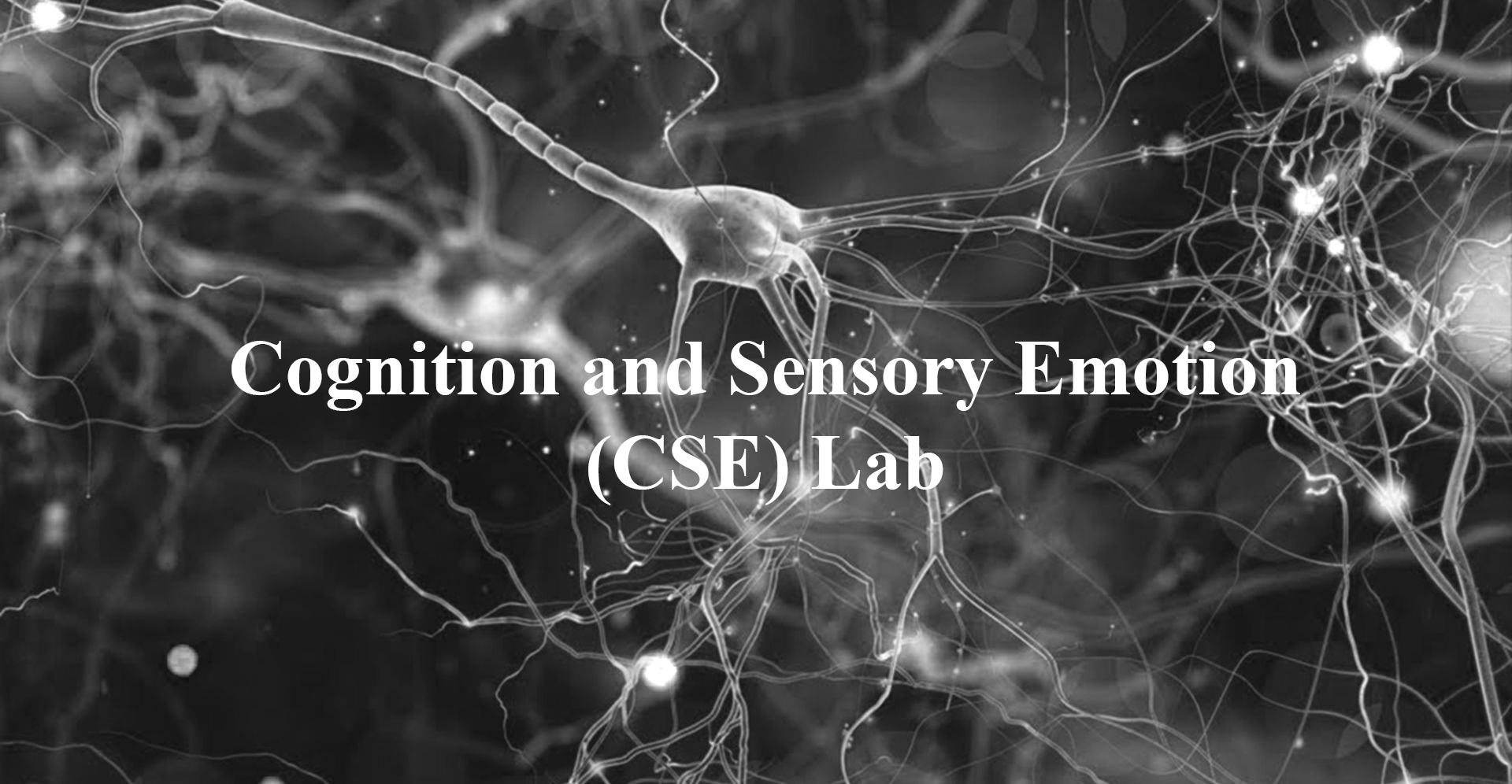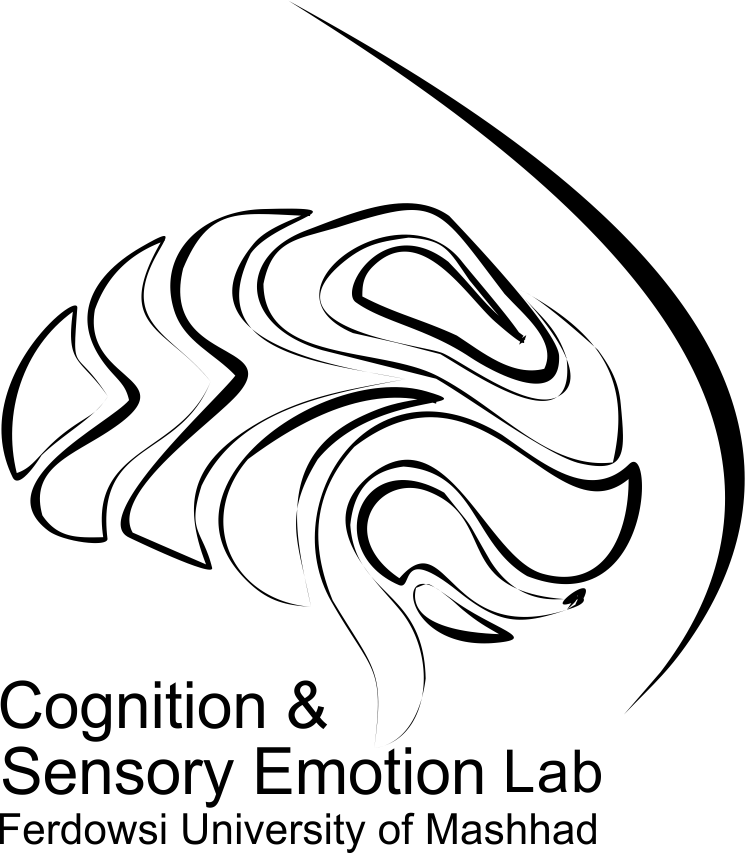
Our Facilities

Wireless EEG
g.Nautilus fNIRS is g.tec’s new wireless EEG (Electroencephalogram) acquisition system. fNIRS allows to assess the oxygenation status and hemodynamics of the brain non-invasively. The oxygenation depends on the light absorbance characteristic of hemoglobin in the blood. This allows to display the hemoglobin concentration in real-time. The fNIRS measures oxy-, deoxy- and total hemoglobin. The EEG measures the electrical activity of the brain and shows a high temporal resolution in contrast to fNIRS. The system combines both signals in a single device which sets a new standard of usability. The tiny and lightweight device (about 160g) is attached to the electrode/sensor g.GAMMAcap to avoid cable movements and to allow completely free movements. In combination with g.tec’s active electrode technology you will get top quality EEG recordings from 64/32/16/8 EEG channels and 8 fNIRS channels within a few minutes.
Technical details
The device comes with flexible cables for the EEG electrodes and fNIRS sensors to configure the electrodes positions as you wish. The g.GAMMAcap has 160 possible positions to plug in the electrodes and sensors. For cleaning it is easy to unplug everything. The optodes have a distance of 35 mm that is ensured with a spacer for high-quality recordings. g.Nautilus-fNIRS comes with two sets of fNIRS sensors: (i) sensors for the forehead and (ii) sensors that can be attached on regions with hair. The sensors are plugable and can be exchanged easily.
The g.Nautilus has a built-in lithium ion batteries for the EEG that allows for continuous recordings of up to 10 hours (32 channel version). The battery is recharged via a contactless charging pad within 2-3 hours. The fNIRS battery lasts for 6 hours and is interchangeable and rechargeable. The fNIRS battery is connected with a cable to the g.Nautilus-fNIRS and is worn in a pocket, but not on the head to reduce weight. g.Nautilus-fNIRS transmits data wireless with an indoor operating range of about 10 m.
The EEG input sensitivity of all channels is adjustable and the sampling rate can be set to 250 or 500 Hz (250 Hz with the 64 channel version). An electrode impedance check can be performed automatically via software, and a 3-axis acceleration sensor provides online head movement information along with the biosignals. The fNIRS is using 8 light emitting diodes with 2 wavelengths (760 and 850 nm). The data is sampled at 10 Hz.
The Base Station for g.Nautilus-fNIRS is a small receiver box connected to the PC via USB. 8 digital trigger lines can be connected to the base station to record event timing information. The pricing starts at 22.000 Euros.
The g.Nautilus-fNIRS toolbox provides a Simulink model for EEG and fNIRS data acquisition. The g.Nautilus block is reading in the EEG data at 250 or 500 Hz and acts as the master for the Simulink model. The g.tec fNIRS Interface block reads the data at 10 Hz and is automatically synchronized with the EEG data. Both EEG and fNIRS data are provided with double precision of optimal signal processing resolution. The data can be visualized with the g.SCOPE to check data quality or save with the To File block. Additionally real-time signal processing can be configured with blocks from g.RTanalyze which are dedicated for biosignal processing or with standard Simulink blocks
